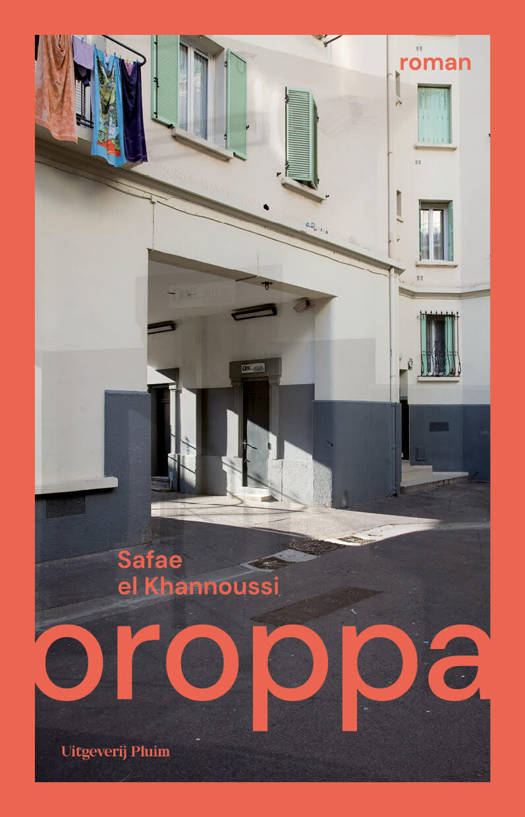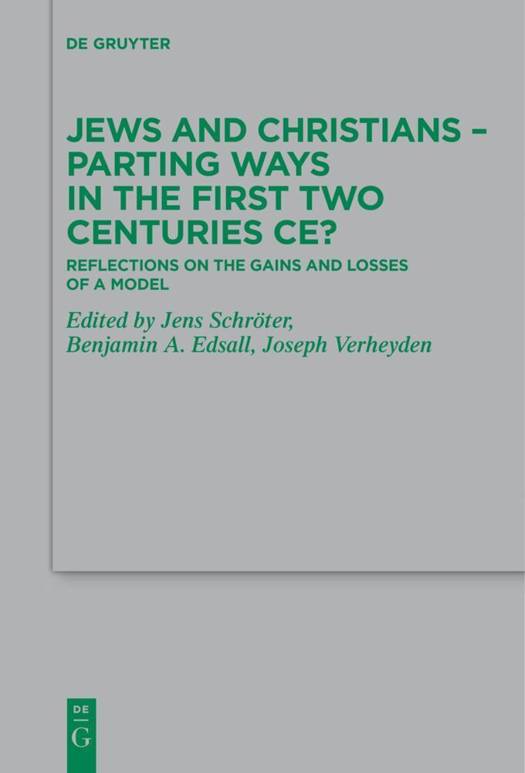
- Afhalen na 1 uur in een winkel met voorraad
- Gratis thuislevering in België vanaf € 30
- Ruim aanbod met 7 miljoen producten
- Afhalen na 1 uur in een winkel met voorraad
- Gratis thuislevering in België vanaf € 30
- Ruim aanbod met 7 miljoen producten
Zoeken
Jews and Christians - Parting Ways in the First Two Centuries Ce?
Reflections on the Gains and Losses of a Model
€ 136,95
+ 273 punten
Omschrijving
The present volume is based on a conference held in October 2019 at the Faculty of Theology of Humboldt University Berlin as part of a common project of the Australian Catholic University, the Katholieke Universiteit Leuven and the Humboldt University Berlin. The aim is to discuss the relationships of "Jews" and "Christians" in the first two centuries CE against the background of recent debates which have called into question the image of "parting ways" for a description of the relationships of Judaism and Christianity in antiquity. One objection raised against this metaphor is that it accentuates differences at the expense of commonalities. Another critique is that this image looks from a later perspective at historical developments which can hardly be grasped with such a metaphor. It is more likely that distinctions between Jews, Christians, Jewish Christians, Christian Jews etc. are more blurred than the image of "parting ways" allows. In light of these considerations the contributions in this volume discuss the cogency of the "parting of the ways"-model with a look at prominent early Christian writers and places and suggest more appropriate metaphors to describe the relationships of Jews and Christians in the early period.
Specificaties
Betrokkenen
- Uitgeverij:
Inhoud
- Aantal bladzijden:
- 415
- Taal:
- Engels
- Reeks:
- Reeksnummer:
- nr. 253
Eigenschappen
- Productcode (EAN):
- 9783110742138
- Verschijningsdatum:
- 23/08/2021
- Uitvoering:
- Hardcover
- Formaat:
- Genaaid
- Afmetingen:
- 156 mm x 234 mm
- Gewicht:
- 757 g

Alleen bij Standaard Boekhandel
+ 273 punten op je klantenkaart van Standaard Boekhandel
Beoordelingen
We publiceren alleen reviews die voldoen aan de voorwaarden voor reviews. Bekijk onze voorwaarden voor reviews.










